Iran, with thousands of years of history, has seen different religions over the centuries. As the majority of the country is Muslim, minor religious groups also live in different parts of the country. Therefore, you can find shrines, cathedrals, fire temples, etc. where people gather and keep their ceremonies and rituals alive. Making Iran a famous destination for religious tourism. Iran is one of the best countries to experience Muslim pilgrimage and has two main pious Muslim cities, Qom and Mashhad. Let’s dive in and get to know some of the Muslim pilgrim destinations of Mashhad & Qom.
Mashhad
Mashhad is considered the 2nd biggest and the most populous city in Iran after Tehran. Mashhad has religious, industrial, and economic importance. The city consists of three districts "Markazi", "Ahmad Abad" and "Razavi", three cities and 11 rural districts. Imam Reza Shrine (8th Shia Imam), which is the biggest holy shrine in Iran is located in this city. Imam Reza Shrine is the second-largest mosque in the world and a center of religious tourism in Iran. Most of the Mashhad people are of the Iranian Aryan race, although many Kurds, Turks, and Arabs live there. Some of the pilgrim destinations of Mashhad include:

Imam Reza Holy Shrine
The first sanctuary of Imam Reza was built in the Safavid era when Islamic art was at its peak. Imam Reza Shrine is Iran’s biggest and most important religious center, consisting of the most features of Persian-Islamic architecture attracting many pilgrims annually. This is a complex of Shrines, dome, finial, Ravagh, Bast, courtyards, porches, mosques, and Saqqakhaneh.
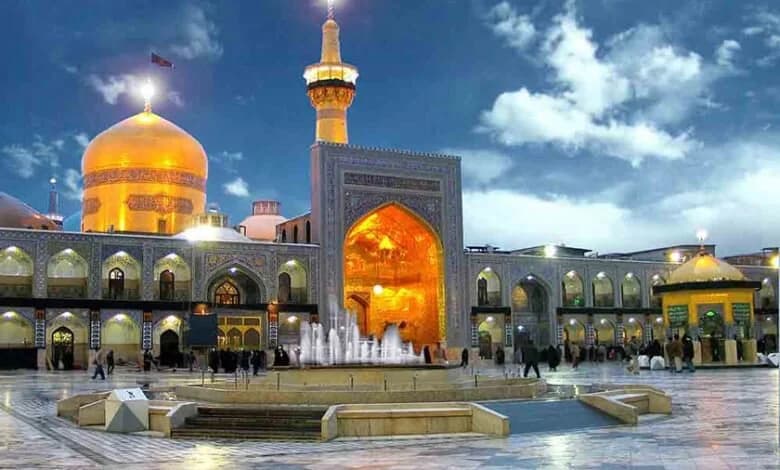
Goharshad Mosque
Since its construction in the early 15th century, Goharshad Mosque has served as a Friday Mosque for pilgrims to the shrine of Imam Reza (AS) in Mashhad. Built upon the orders of Goharshad, the wife of Shahrukh of the Timurid Dynasty in 1418 CE and by the accomplished architect Ghavameddin Shirazi.

Bazehur Fire Temple
In the small village of Robat Sefid, around 70 km southwest of Mashhad, lie the ruins of the ancient Bazehur Fire Temple. Built in the Sassanian era, the Zoroastrian religious site resembles modest, stone-bricked ruins. This site is a must-see for anyone interested in Iran’s ancient religions.
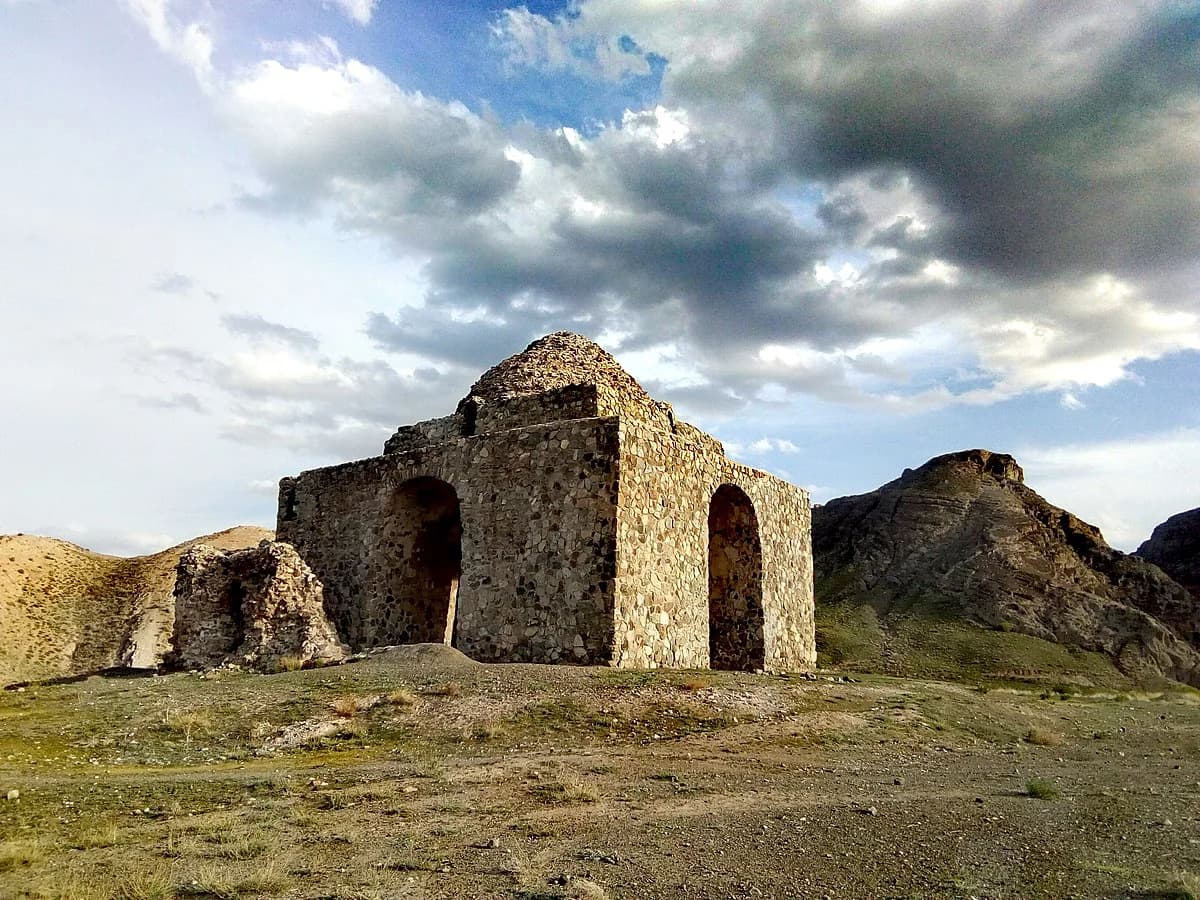
Qom
Qom is considered one of the most important Shi’a centers in Iran and around the world. The Fatima al-Masumeh Shrine is located in Qom. Another very popular religious site of pilgrimage formerly outside the city of Qom but now more of a suburb is called Jamkaran. Qom's proximity to Tehran, Iran's capital, has allowed the clerical establishment easy access to monitor the affairs and decisions of the state. Summer is warm and arid and winter is nearly cold in this city. Qom consists of 5 parts "Jafarabda", "Khalajestan", "Salafchegan", "Kahak", and "Markazi". Qom is Iran’s 8th populous city after Tehran, Mashhad, Isfahan, Tabriz, Karaj, Shiraz, and Ahvaz. Also, Qom is the second religious city after Mashhad as well as one of the main centers of Silk Carpet, Sweets, and Sohan production in Iran. Agriculture, animal husbandry, and traditional and modern poultry were common in Qom in the past. Some of the pilgrim destinations of Qom include:
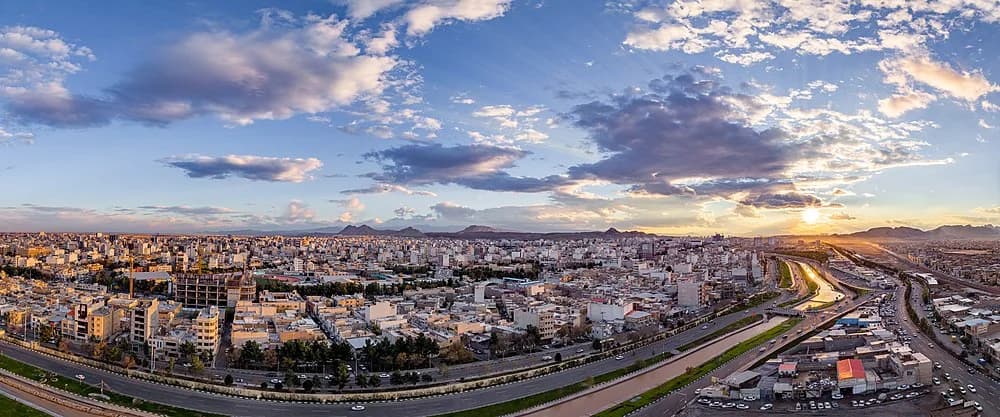
Qom Jameh Mosque
As every city in Iran has a main (or Jameh Mosque), they usually join the bazaar and constitute together the center of social activities. Atiq Jameh Mosque is located in the center of the city, in the Labchal neighborhood, and Azar Street, close to Rey Gate, is one of the oldest mosques in the city. The history of Atiq Jameh Mosque of Qom goes back to the second half of the third century AH. As locals say, Jameh Mosque is the second oldest mosque in Qom, after Imam Hassan Asgari's mosque. The high dome of the mosque attracts the eyes of tourists.
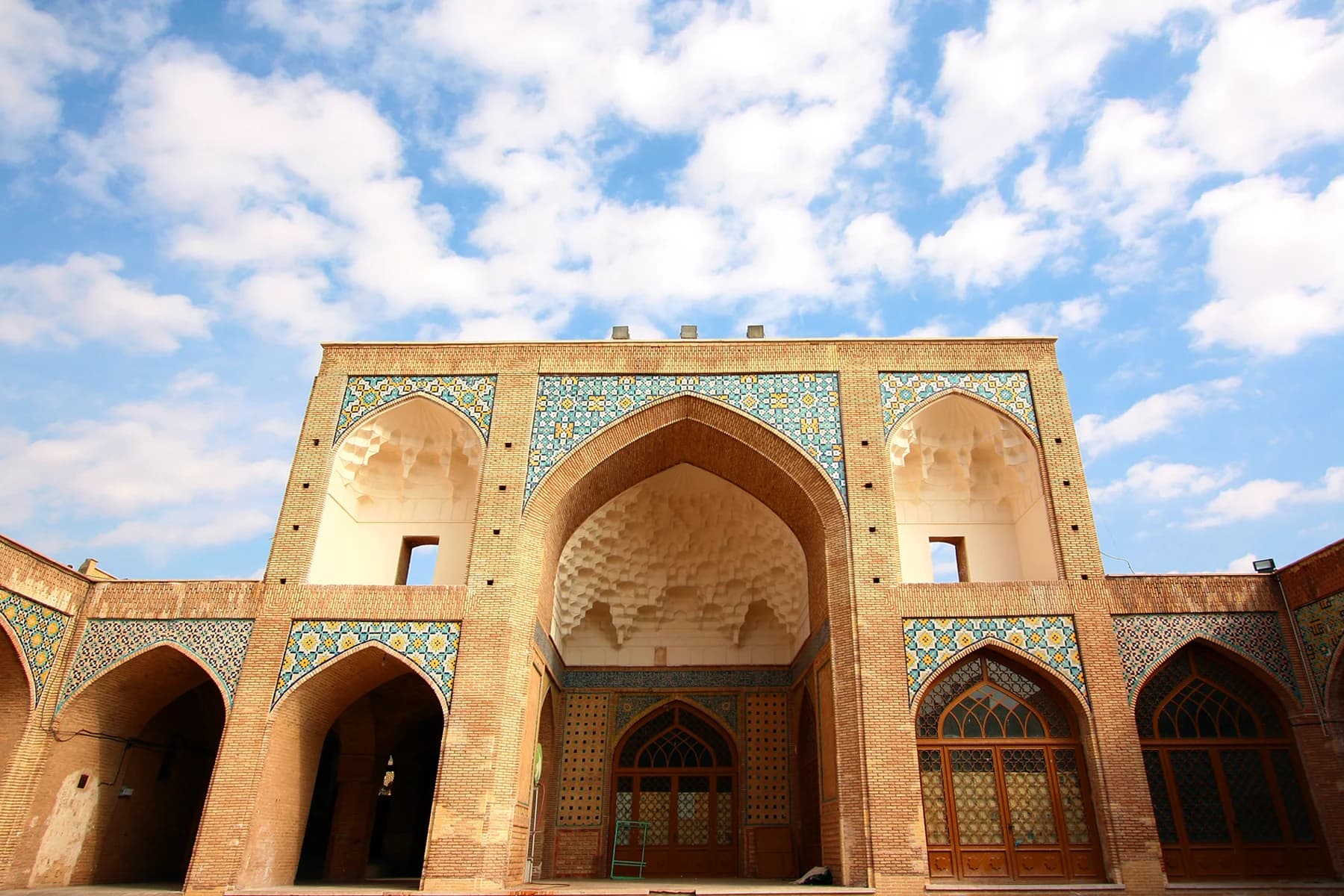
Fatima Masumeh Holy Shrine
This magnificent building is located in the center of the city and the history of the building back to the third century AH. This building has been changed during different and rose to glory in the Safavid era Today, this shrine consists of a shrine, dome, porch, courtyard, and finial with most of the decorations, including bas or use different colored marble plinth, or mosaic tiling in seven colors in wall surfaces, mirror arch and wall, arches and other architectural decorations such as arts and painting on stucco silver, etc.
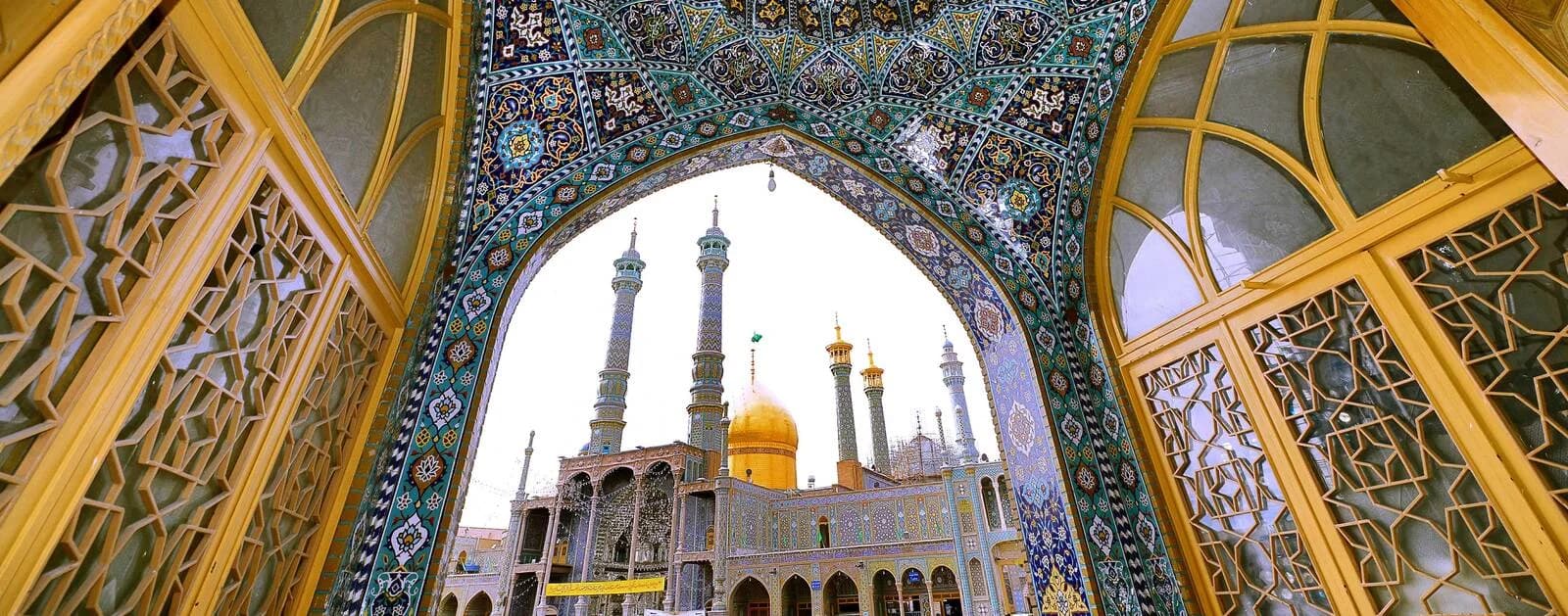
Jamkaran Mosque
Located in Jamkaran Village, 6 km from Qom, Jamkaran Mosque is the second religious capital city of Iran. Shia people believe that the construction of Jamkaran Mosque has some affiliations with Sheikh Hassan Ebn Mesleh Jamkarani. He had claimed that he had seen Imam Zaman, the 12th Imam of Shia, who had ordered him to build the mosque during their meeting.
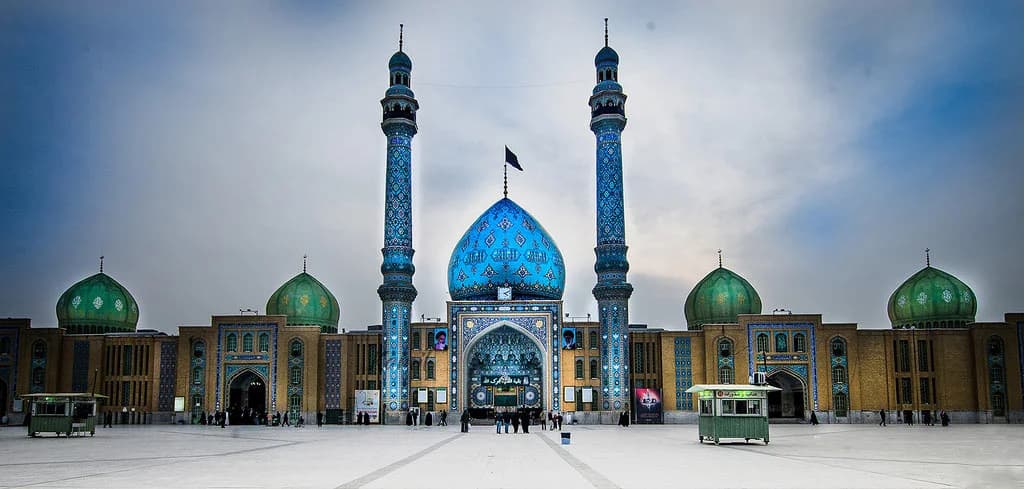
Conclusion
Iran offers a unique blend of spiritual and cultural tourism, attracting pilgrims and tourists alike. The purpose of pilgrimage is to visit and form a connection with the holy personalities and places you are visiting. The guide features in-depth information for pilgrims to the holy places of Qum and Mashhad, descriptive images and maps, historical information and facts, biographies of holy personalities, and step-by-step pilgrim etiquette.